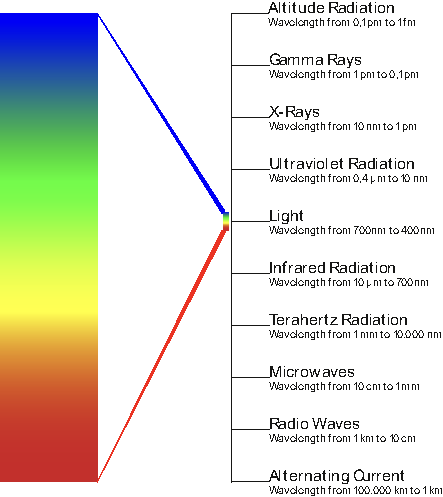Theory of colours
Colour theory is a broad field that includes the study of colour and its interaction with the human perception of light.
Colour theory is a dynamic and essential field that intersects with various disciplines, including art, science, and technology. Its principles guide everything from the creation of digital images to the production of printed materials. By understanding the relationship between light, colour perception, and colour measurement, industries can achieve better consistency and accuracy in their colour outputs. With the development of sophisticated colour management systems, the challenge of bridging the gap between human perception and digital reproduction is more achievable than ever.
What is colour?
Color is a visual perception generated when light interacts with the human eye. The science of color delves into understanding how light, wavelengths, and human vision work together to produce the phenomena we experience as color.
Light and the Electromagnetic Spectrum
Light is a form of electromagnetic radiation, and we perceive only a small portion of the entire electromagnetic spectrum as visible light. The visible spectrum ranges from 700 nm (red) to 400 nm (violet) in wavelength, as depicted below.
Human Perception of Colour
Our eyes contain three types of colour-sensitive receptors: cones that are sensitive to red, green, and blue light. This ability to perceive colour is a result of how light interacts with the receptors in the retina.
Color Is Light
- Light is electromagnetic radiation.
- We perceive a small part of the electromagnetic spectrum as light.
- The electromagnetic spectrum ranges from alternating currents with a wavelength of hundreds of thousands of kilometers to cosmic radiation with a wavelength of about 0.000000000001 meters.
- We perceive only a small part of the electromagnetic spectrum as light.
- The visible range is between 700 nm (red) and 400 nm (violet).
- nm = nanometer = 1 billionth of a meter.
- The wavelength ranges just below and above the range of visible light are called infrared and ultraviolet.
- For humans they are invisible, some animals can perceive them as light.
If you would like to continue reading and receive more information, please log in!
Do you need access data? Click here and request your login.
User login
Enter your username and password here in order to log in on the website

